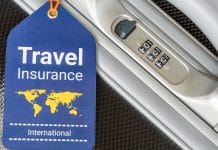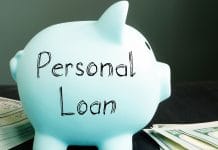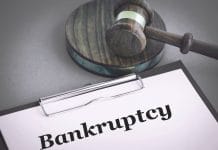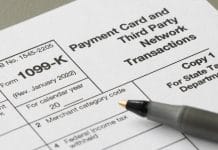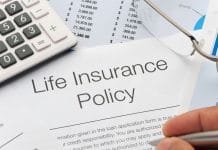Drowning in debt? You’re not alone. With credit card balances averaging over $6,000 per household and medical bills continuing to pile up, millions of Americans are searching for the best debt relief program to help them escape financial quicksand.
But here’s the thing: not all debt relief programs are created equal. Some promise the moon but deliver disappointment, while others can genuinely transform your financial future. The key is knowing which option fits your specific situation.
Let’s cut through the marketing noise and explore the best debt relief programs available to help you make an informed decision about your financial recovery.
What Makes a Debt Relief Program the “Best” Option?
Before diving into specific programs, it’s crucial to understand what separates effective debt relief from potentially harmful options. The best debt relief programs share several characteristics:
- Transparency in fees and timelines
- Nonprofit accreditation from NFCC or FCAA
- Proven track record with positive reviews
- No upfront fees for services
- Clear explanation of credit impact
- Educational resources and support
With these criteria in mind, let’s examine the top debt relief options available in the United States.
Debt Management Plans: The Gold Standard for Credit Card Debt
When it comes to the best debt relief program for credit card debt, Debt Management Plans (DMPs) consistently rank at the top. Here’s why they’re so effective:
A DMP works by having a nonprofit credit counseling agency negotiate with your creditors to lower interest rates and create a consolidated payment plan. Instead of juggling multiple payments to different creditors, you make one monthly payment to the counseling agency, which distributes funds to your creditors.
Key Benefits of Debt Management Plans:
- Lower interest rates (often reduced from 20%+ to 8-12%)
- Simplified payments (one monthly payment instead of multiple)
- Fixed timeline (typically 3-5 years to complete)
- Minimal credit impact (may actually improve scores over time)
- Protection from collection calls
Who Benefits Most from DMPs:
- Individuals with multiple credit card balances
- Those who can afford regular monthly payments
- People wanting to avoid bankruptcy or debt settlement
- Anyone seeking structure and accountability
The beauty of DMPs lies in their collaborative approach with creditors rather than adversarial negotiations, making them one of the most reliable debt relief options available.
Debt Consolidation Loans: Simplifying Multiple Debts
If you have good credit and multiple high-interest debts, a debt consolidation loan might be your best debt relief program. This approach involves taking out a single loan to pay off multiple debts, ideally at a lower interest rate.
Types of Consolidation Options:
Personal Loans: Unsecured loans from banks, credit unions, or online lenders
Balance Transfer Cards: Credit cards with 0% introductory APR periods
Home Equity Loans: Secured loans using your home as collateral
When Consolidation Makes Sense:
- Your credit score qualifies you for better rates than current debts
- You have stable income for regular payments
- You’re committed to avoiding new debt accumulation
- You prefer a structured repayment timeline
Important Note: Consolidation only works if you address the underlying spending habits that created the debt in the first place.
Nonprofit Debt Settlement: Negotiating for Less
Sometimes the best debt relief program involves negotiating with creditors to accept less than what you owe. Nonprofit debt consolidation agencies can help facilitate these negotiations while protecting your interests.
Debt settlement typically works best when:
- You’re significantly behind on payments
- You have a lump sum available for settlement
- You’re facing genuine financial hardship
- Other options aren’t viable
Settlement Reality Check:
While settlements can reduce debt by 30-50%, they come with consequences:
- Significant credit score impact
- Potential tax liability on forgiven debt
- No guarantee creditors will agree
- Possible collection activity during process
Credit Counseling: The Foundation of Debt Relief
Before exploring any debt relief program, consider starting with credit counseling. These free credit counseling services provide:
- Comprehensive financial assessment
- Personalized debt management strategies
- Budgeting guidance and tools
- Educational resources
- Ongoing support and accountability
Certified credit counselors can help you understand all available options and determine which debt relief program best fits your situation.
Government and Legal Options: When Traditional Methods Aren’t Enough
Bankruptcy: The Legal Fresh Start
While often viewed as a last resort, bankruptcy can be the most appropriate debt relief option for overwhelming debt situations. Two main types exist for individuals:
Chapter 7 Bankruptcy:
- Eliminates most unsecured debts
- Process takes 3-6 months
- Remains on credit report for 10 years
Chapter 13 Bankruptcy:
- Creates 3-5 year repayment plan
- Allows keeping assets while repaying
- Remains on credit report for 7 years
Student Loan Relief Programs
For those struggling with educational debt, specific student loan relief options include:
- Income-driven repayment plans
- Public Service Loan Forgiveness
- Teacher Loan Forgiveness
- Disability discharge programs
How to Choose the Best Debt Relief Program for Your Situation
Selecting the right debt relief program depends on several factors:
| Your Situation | Best Program Option | Why It Works |
| Multiple credit cards, steady income | Debt Management Plan | Lowers rates, simplifies payments |
| Good credit, various high-interest debts | Debt Consolidation Loan | Better rates, single payment |
| Overwhelming debt, limited income | Bankruptcy consultation | Legal protection, fresh start |
| Behind on payments, have savings | Debt Settlement | Reduces total owed |
| Want guidance and education | Credit Counseling | Free assessment, personalized plan |
Red Flags: Avoiding Debt Relief Scams
Not all debt relief companies have your best interests at heart. Watch for these warning signs:
- Upfront fees before services
- Guarantees to eliminate all debt
- Pressure to stop creditor communication
- Claims about “secret government programs”
- Refusal to provide written information
Legitimate debt relief providers must follow FTC regulations, including disclosing all terms and allowing cancellation within specified timeframes.
The Cost of Debt Relief: What to Expect
Understanding fees helps you choose the most cost-effective option:
| Program Type | Typical Fees | Timeline |
| Credit Counseling | Free consultation | Ongoing |
| Debt Management Plan | $25-75/month | 3-5 years |
| Debt Consolidation | Loan fees + interest | 2-7 years |
| Debt Settlement | 15-25% of enrolled debt | 2-4 years |
| Bankruptcy | $1,500-5,000 legal fees | 3 months-5 years |
Building Long-Term Financial Success
The best debt relief program is one that not only eliminates current debt but also prevents future financial problems. This requires:
Essential Financial Habits:
- Emergency Fund Building: Start with $1,000 and gradually build to 3-6 months expenses
- Realistic Budgeting: Use strategies like zero-based budgeting to track every dollar
- Income Enhancement: Explore side hustle ideas to accelerate debt payoff
- Financial Education: Continue learning through books, courses, and resources
Smart Money Management Tips:
- Automate savings and debt payments
- Use cash or debit for daily expenses
- Review and optimize recurring subscriptions
- Practice the 24-hour rule for non-essential purchases
Frequently Asked Questions
What is the best debt relief program in the U.S.? The best program depends on your situation—options include debt management plans for credit cards, consolidation loans for good credit, or nonprofit settlement for hardship cases.
Will debt relief hurt my credit score? Some programs like settlement may lower your score initially, but debt management plans are less damaging, and scores typically recover once debt is paid off.
How long does a debt relief program take? Most programs take 24-60 months (2-5 years), depending on total debt and repayment ability.
Are debt relief programs legitimate? Yes, but choose carefully. Look for nonprofit credit counseling agencies or companies accredited by the NFCC or FCAA.
How much can I save with debt relief? Savings vary by program—DMPs typically save on interest, while settlement might reduce total debt by 30-50%.
Taking Action: Your Next Steps
Choosing the best debt relief program starts with honest assessment of your financial situation. Consider these immediate actions:
- List all debts including balances, interest rates, and minimum payments
- Calculate your debt-to-income ratio
- Contact a nonprofit credit counseling agency for free consultation
- Research specific programs that match your situation
- Avoid quick fixes and focus on sustainable solutions
Remember, dealing with debt effectively requires both the right program and commitment to changed financial habits.
Conclusion
Finding the best debt relief program isn’t about choosing the option with the biggest promises—it’s about finding the solution that fits your specific financial situation and goals. Whether that’s a structured debt management plan, a consolidation loan, or even bankruptcy protection, the key is taking action sooner rather than later.
Your financial situation today doesn’t define your future. With the right debt relief program and commitment to financial wellness, you can eliminate debt, rebuild credit, and create lasting financial security.
Don’t let another month pass feeling overwhelmed by debt. Start by contacting a nonprofit credit counselor today to explore which debt relief program could be your path to financial freedom.
Ready to take control of your financial future? The best time to start was yesterday—the second-best time is right now.
For more financial guidance and resources, visit Wealthopedia – your trusted source for personal finance education and debt management strategies.






